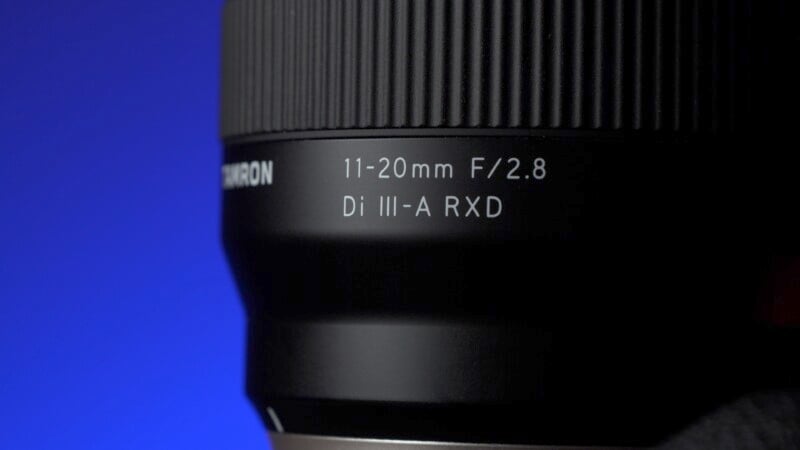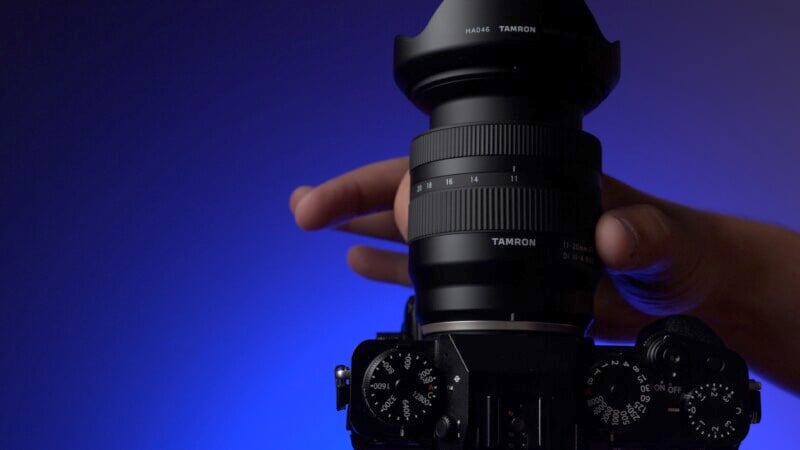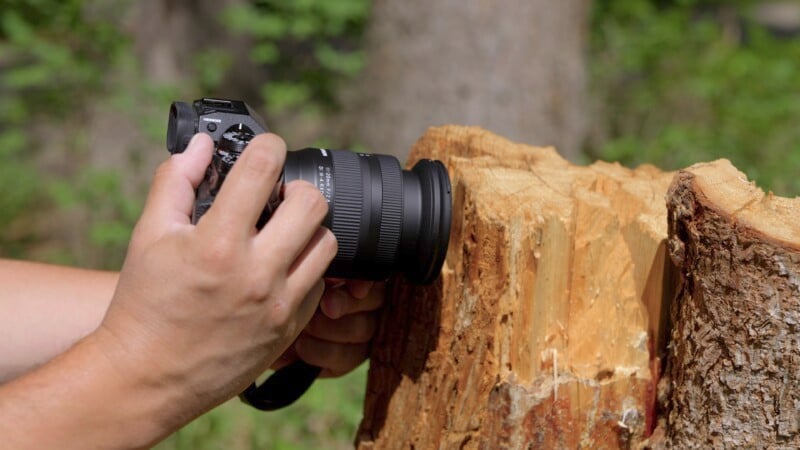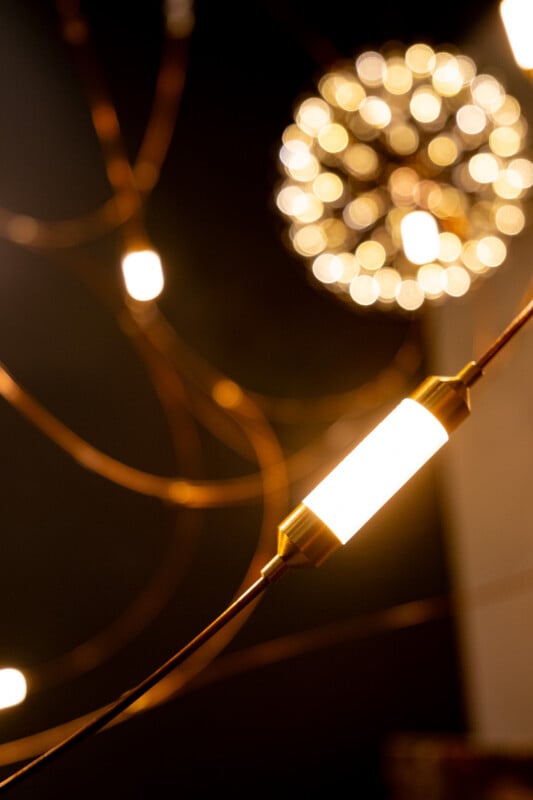Tamron 11-20mm f/2.8 Di III RXD Review: Affordable and Adorable
How do you make the excellent Tamron 11-20 f/2.8 DI III RXD for Sony E-Mount even better? You release it for Fujifilm X-Mount as well.
When I first reviewed the Tamron 11-20mm on a Sony a6400 one year ago, the impending release of the same lens on X-mount was announced. Fast forward to the present day and I have indeed reviewed it, on a Fujifilm X-T4.

Tamron 11-20 f/2.8 Di III RXD: How it Handles
The Tamron 11-20mm is physically unchanged from its Sony-fitting counterpart, save of course for the lens mount itself. This is too bad because if the Tamron has a weakness, it is the physical design of the lens. And I don’t mean the materials: I don’t mind the plastic build of the 11-20mm, personally. It keeps the weight down to a very portable 11.8 ounces (335 grams). The lens also has leak-resistant seals and fluorine lens coatings to repel dust and water from the front element.

The main complaint is more so with the lack of controls and spongy feel to the control rings. Manually focusing the 11-20mm feels sloppy and imprecise.
The zoom ring is functional but lacks a smooth and dampened feel to it and any sort of control switch to engage manual focusing is missing from the lens itself. To be fair, most Fujifilm bodies have a handy switch to control focusing modes on the body; it doesn’t change the fact that the Tamron controls are the bare minimum.

A basic plastic lens hood is provided and the lens is equipped to receive 67mm filters. Everything works just fine on the Tamron 11-20mm and I have no doubt it is reliably constructed. However, one can not help but feel that the lens and its accessories are Spartan at best.
Tamron 11-20 f/2.8 Di III RXD: In the Field
All ultra-wide zooms cover an important range of focal lengths, but the best of them add extra versatility; the Tamron is no exception. Although the 11-20 uses a simple stepping autofocus motor it drives its lens elements back and forth quickly. I had no issues getting autofocus confirmed quickly, even in street shots and action situations.

The Tamron can also focus quite closely, providing a 1:4 life-size macro ratio at 11mm. Like most wide-angle lenses it does this with the lens almost touching the subject, and sharpness is maintained only towards the center of the images, but it does make for some fun and dramatic macro shots when needed.

Shooting towards the sun the Tamron 11-20 does exhibit some ghosting, but eliminates flare very well. Unfortunately, the sun stars it creates are fair-to-middling, with indistinct points and a lack of drama. Landscape photographers who like to shoot towards the sun will find the Tamron well-behaved, if not terribly exciting.

Bokeh performance is so-so. While the f/2.8 maximum aperture does allow for some shallow depth-of-field shots up close, bokeh tends to have a somewhat harsh look to it. Specular highlights take on a strong soap bubble effect where the circles are highlighted with a brighter outer ring. This is probably what leads to the busy look of the out-of-focus areas. Stopped-down specular highlights take on a slight polygonal look to them too, but in the end, this is not a lens that you will shoot very often with shallow depth-of-field.

Tamron 11-20 f/2.8 Di III RXD: Image Quality
When I reviewed the Tamron 11-20mm previously, it stood up to, and in many ways exceeded the Sony 10-18mm f/4 in terms of sharpness. However, now its main competition is the Fujifilm 10-24 XF f/4. So how did it do?
The Tamron is remarkably sharp in the center of the frame no matter what aperture or zoom range you happen to use. It’s especially consistent at the 11mm mark with decent corner sharpness and only improves as you stop the aperture down. I’d happily shoot it in most situations at f/2.8 and it will treat you especially well stopped down for landscape pics.

But the Fujifilm XF 10-24mm is no slouch either. Its center sharpness is very good, although I would give the edge to the Tamron when shooting at the widest possible apertures. The Tamron corners squeak ahead of the Fujifilm lens at the widest focal lengths, but the XF 10-24 had more consistent corners at the longest range. It’s really a case of tit-for-tat and I would say both lenses are consistent performers optically, but let’s remember that the Tamron 11-20mm competes favorably with an extra stop of light over the Fujifilm.

When it comes to chromatic aberrations, the Tamron 11-20mm has no nasty surprises waiting. I had very few issues with lateral chromatic aberrations, and no longitudinal aberrations to worry about. The fit-and-finish of the Tamron might be lacking but the optical performance is professional-grade all the way.

Tamron 11-20 f/2.8 Di III RXD: Affordable and Adorable
It’s impossible not to recommend the Tamron 11-20 f/2.8 to most photographers. It delivers beautiful images, is very usable at f/2.8, and all at an affordable price. The X-mount opening to more Tamron lenses is a very positive thing. It makes sense for one of the best lenses in the Tamron lineup to provide Fujifilm users with more options.
Alternatives
In Sony E-Mount the obvious competitor is the 10-18mm f/4. The Tamron outperforms it in most regards and with a faster f/2.8 aperture.
In Fujifilm, the aforementioned XF 10-24mm f/4 is a decent alternative. It’s a consistent shooter but only has an f/4 maximum aperture and is slightly more expensive too. The Fujifilm 8-16mm f/2.8 is excellent and much wider, but the price is prohibitive for many.
Should you buy it?
Yes. It’s a minimalist fixed f/2.8 lens with an affordable tag and optics that punch well above its price.